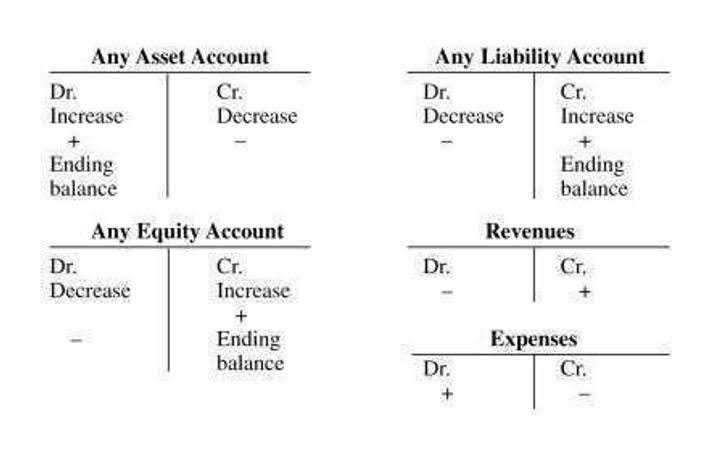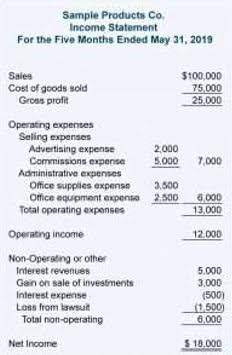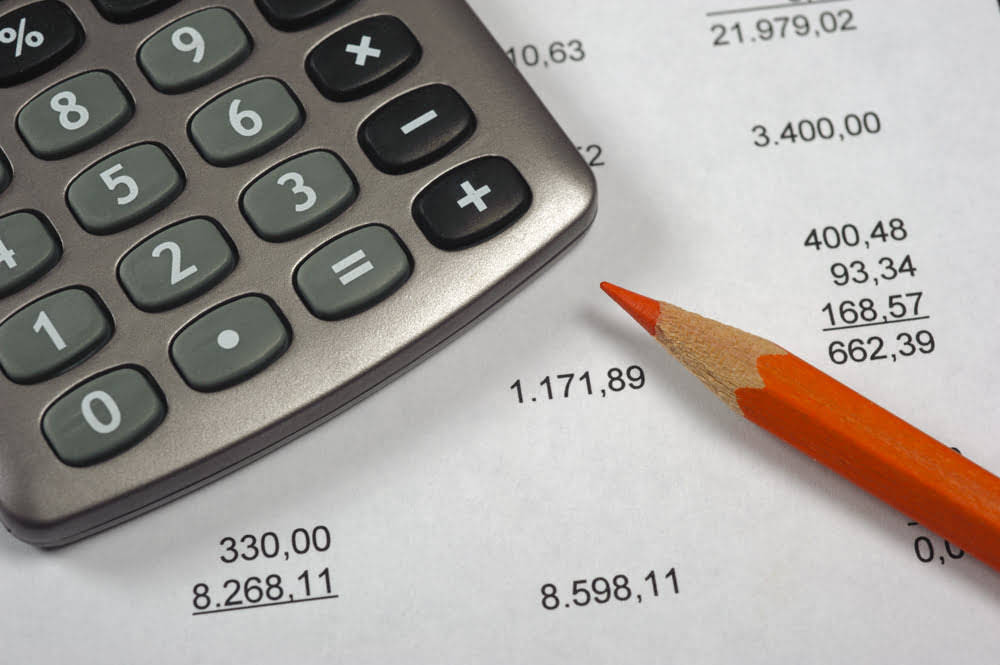
But it requires tracking every cost that goes into each individual piece of inventory. First In, First Out is a method of inventory valuation where you assume you sold the oldest inventory you own first. It’s so widely used because of how much it reflects the way things work in real life, like your local coffee shop selling its oldest beans first to always keep the stock fresh. The First In, First Out FIFO method is a standard accounting practice that assumes that assets are sold in the same order they’re bought. All companies are required to use the FIFO method to account for inventory in some jurisdictions but FIFO is a popular fifo formula accounting standard due to its ease and transparency even where it isn’t mandated. LIFO, or Last In, First Out, is an inventory value method that assumes that the goods bought most recently are the first to be sold.
- This leads to a lower tax burden by minimizing paper profits linked to inflationary increases in replacement costs.
- Jami Gong is a Chartered Professional Account and Financial System Consultant.
- So while FIFO may improve financial reporting metrics, it can also increase a company’s income tax burden.
- Our mission is to empower readers with the most factual and reliable financial information possible to help them make informed decisions for their individual needs.
- The FIFO method can result in higher income taxes for a company because there’s a wider gap between costs and revenue.
- The FIFO formula calculates the cost of goods sold by multiplying the cost of the oldest inventory items purchased by the number of units sold during the accounting period.
Variable Costs: A Simple Guide
This method assumes that inventory purchased or manufactured first is sold first and newer inventory https://www.bookstime.com/ remains unsold. Thus cost of older inventory is assigned to cost of goods sold and that of newer inventory is assigned to ending inventory. The actual flow of inventory may not exactly match the first-in, first-out pattern. The first in, first out (FIFO) cost method assumes that the oldest inventory items are sold first, while the last in, first out method (LIFO) states that the newest items are sold first.

A How-To Guide for Creating a Business Budget
She holds a Masters Degree in Professional Accounting from the University of New South Wales. Her areas of expertise include accounting system and enterprise resource planning implementations, as well as accounting business process improvement and workflow design. Jami has collaborated with clients large and small in the technology, financial, and post-secondary fields. Sal’s Sunglasses is a sunglass retailer preparing to calculate the cost of goods sold for the previous year. Amanda Bellucco-Chatham is an editor, writer, and fact-checker with years of experience researching personal finance topics.

Situations Ideal for FIFO Inventory Accounting
However, brands using LIFO usually see a lower valuation for ending inventory and net income, and may not reflect actual https://www.instagram.com/bookstime_inc inventory movement. FIFO, on the other hand, is the most common inventory valuation method in most countries, accepted by International Financial Reporting Standards Foundation (IRFS) regulations. Under FIFO, the brand assumes the 100 mugs sold come from the original batch.

Find the talent you need to grow your business
Though both methods are legal in the US, it’s recommended you consult with a CPA, though most businesses choose FIFO for inventory valuation and accounting purposes. It offers more accurate calculations and it’s much easier to manage than LIFO. FIFO also often results in more profit, which makes your ecommerce business more lucrative to investors. This approach reflects the fact that the oldest goods were sold first, so inventory is stated at the latest acquisition cost.
- The method works best for companies that sell large numbers of relatively similar products.
- Yes, FIFO is still a common inventory accounting method for many businesses.
- Though it’s one of the easiest and most common valuation methods, FIFO can have downsides.
- But regardless of whether your inventory costs are changing or not, the IRS requires you to choose a method of accounting for inventory that’s consistent year over year.
- This results in deflated net income costs in inflationary economies and lower ending balances in inventory compared to FIFO.
- Inflation is the overall increase in prices over time, and this discussion assumes that inventory items purchased first are less expensive than more recent purchases.
Rachel Hand
- By matching current revenues against older costs, it results in higher net income in periods of rising costs compared to other methods.
- On 1 January, Bill placed his first order to purchase 10 toasters from a wholesaler at the cost of $5 each.
- On the first day, we have added the details of the purchased inventory.
- Using the FIFO method, the cost of goods sold (COGS) of the oldest inventory is used to determine the value of ending inventory, despite any recent changes in costs.
- Rather, every unit of inventory is assigned a value that corresponds to the price at which it was purchased from the supplier or manufacturer at a specific point in time.
- The FIFO method better matches current revenues with the actual oldest costs, resulting in a more accurate and meaningful financial statement presentation than alternative inventory methods like LIFO.
Accountingo.org aims to provide the best accounting and finance education for students, professionals, teachers, and business owners. The first guitar was purchased in January for $40.The second guitar was bought in February for $50.The third guitar was acquired in March for $60. In the FIFO Method, the value of ending inventory is based on the cost of the most recent purchases. Our example has a four-day period, but we can use the same steps to calculate the ending inventory for a period of any duration, such as weeks, months, quarters, or years. On the first day, we have added the details of the purchased inventory. Third, we need to update the inventory balance to account for additions and subtractions of inventory.


